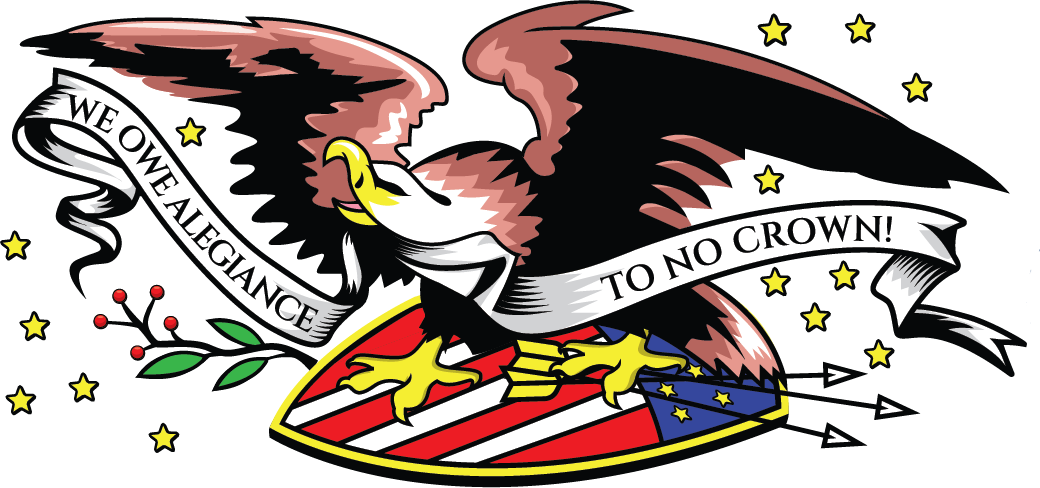04 Mar “Let The B. S. Flow…”
March 4, 2001
The price of first-class postage stamps will rise to 37 cents on June 30th. In fiscal 2001, the post office lost a whopping $1.68 billion, despite grabbing $3 billion in increased revenue from two previous rate increases. Justification for the increase is that the poor post office, we’re told, took a beating from an 8% decrease in letter volume after the September 11th terrorist attack. Not only is the Postal Service planning to raise $6 billion more with the new rate increase, but it is also seeking a massive $5 billion bailout from taxpayers.
Americans should be asking if the post office needs another increase. What efforts has it made during hard times to cut costs? Has it enforced a hiring freeze? Has it asked (as some airlines have done) for workers to take pay cuts or reduced hours to help save costs? Has it begun an investigation into waste, fraud and abuse in order to cut costs? In short, has it done any of the things that real private businesses do to cut costs and save profits?
The answer to all of these is no, because the post office, in spite of all of its propaganda B. S. is not a private company. It is a government agency with a government—controlled monopoly on first class mail delivery that is able to get price increases from Congress almost at will, regardless of need or whether its customer base or the market can afford it. And it appears that it can demand these increases with literally no oversight of how it runs its business. No private business has that kind of power.
The Postal Service has the most powerful union in the world. It rarely can fire a bad worker, or lay off an excess workforce. Even in its current financial crisis the Postal Service has plans to reduce its 900,000-man workforce by a mere 20,000 workers. However, without a mandated hiring freeze, such a reduction is no guarantee that the layoffs will have any effect. Since 1980 the Postal Service has increased its workforce more than 250,000. Incredibly, 87,000 of those were added between 1993 and 1999. During all of those years the Postal Service has been in a financial crisis. And the losses continue to mount in spite of the fact that the Postal Service doesn’t even have to pay corporate taxes or license plate fees for its massive fleet of trucks.
Perhaps the most telling example of postal mismanagement and arrogance is the end-of-the-year payment of $164 million in bonuses to Postal Service Management as they rewarded themselves for a job well done. Postal executives argued that these were not bonuses, but rather pay-for-performance checks. In other words, the $164 million was paid out to 84,000 managers as incentives to those who helped make the post office run better! The fact that the postal service has 84,000 managers should reveal something about what’s wrong with the postal system. How could such payments be made for improvements when the service went from losing $199 million last year to $3 billion this year? That’s an 800% increase in operating deficits in one year. Any private company would have fired all 84,000. That alone would have reduced major amounts from the deficits. But it’s much easier to ignore all of that unpleasantness and simply ask for yet another rate increase.
Never mind that the real victims are the elderly who don’t use computers for e-mail and the poor who can’t afford them. And forget about businesses that must use the mail for communications with customers. Non-profit organizations, which must use the mail to solicit donations, have seen their postage costs go up 300% since 1980. But, such is the price we all must pay – when the public good is at stake. The post office does its best. Profit is such an ugly word. After all, profit has to be earned, but American citizens are simply sheep to be sheared with rate-increase edicts from Congress. No muss, no fuss.
To the contrary, Federal Express and the United Parcel Service (UPS) are private postal companies that do turn a profit year after year, even though they have to pay massive corporate taxes and license and tag fees on their equally massive fleets of trucks. Most importantly, these two private services make those profits without the benefits of being government-franchised monopolies. In fact FedEx and UPS are forced to eke out their profits from the overnight delivery business that postal regulations leave open to them. Yet even in that category, they are forced to compete with the post office.
Since the postal service was recreated in the 1970’s to be a “private enterprise” the losses have mounted as the service has disappeared and the rates have sky-rocketed. Many are predicting the day when price increases soar to the point that the last customer will pay several billion dollars for one first class stamp and several hundred thousand postal workers will stand around waiting to process that last letter. Such is the logic behind the “business” practices of the United States Postal Service.
The truth is, the Postal Service does not need another rate increase – it needs to get out of the way so real private companies can get on with the business of delivering the nation’s first class mail with good service and reasonable rates.



